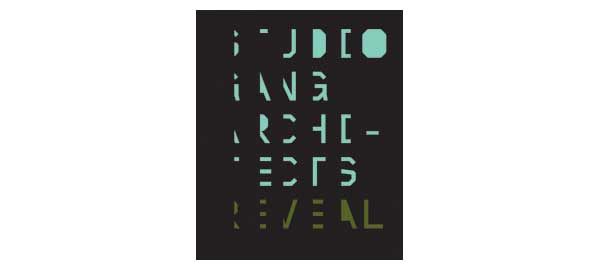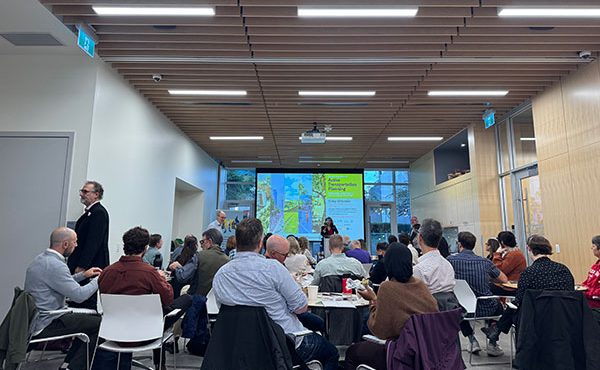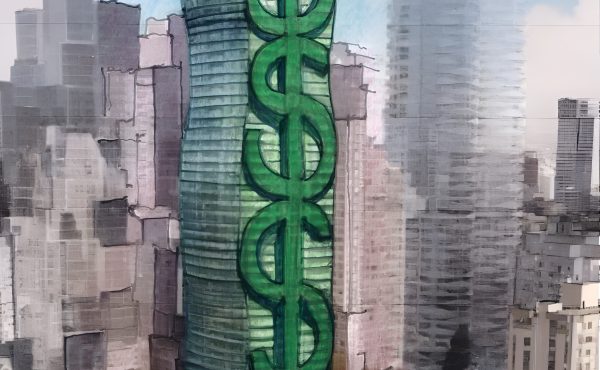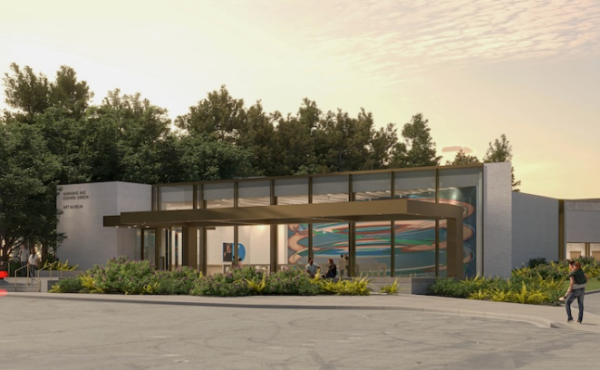Author: Jeanne Gang, (Princeton Architectural Press, 2011)
The Chicago School refers to a group of architects active during the early 20th century, including H.H. Richardson, Louis Sullivan and Frank Lloyd Wright, who were among the first to promote new technologies of steel construction systems while pioneering new aesthetics paralleling European Modernism. Based out of Chicago, the collaborators at Studio Gang Architects are enterprising the history of the Chicago School with their contribution to contemporary architecture. Jeanne Gang leads innovation and architectural style with projects ranging from all scales and uses of buildings, to material investigations and installations. Reveal is a monograph that plots its course through architecture’s current milieu with immediacy and intention.
My first reaction towards Reveal was its resemblance to Rem Koolhaas’s S, M, L, XL. What is similar to Koolhaas’s monograph, and what is admirable about both, is that they offer readers opulent and occasionally obscure couplings of information in the process of describing a project. The monograph as a whole begins to narrate–to reveal–a larger story of each Studio’s crux by pushing the expectancies of a book through graphic style, sequencing, point of view, and content. This monograph does truly reveal the work of Studio Gang through a piecemeal and verbose account of eight projects.
Each project is described through drawings, sketches, diagrams and dialogue with an intensity similar–though slightly more digestible–to S, M, L, XL. Interviews with collaborators outside Studio Gang, essays, and academic jaunts, fill out the prose of the book, while a series of fold out histories on newsprint show relevant but indirect precedents.
One section on the recently completed Aqua, a 260 meter mixed-use residential tower in downtown Chicago, describes how the Studio’s approach to designing a vertical building was to imagine it as an inhabitable cliff. The design concept of a perpendicular landscape was a tool in negotiating views through the vertically dense real estate of downtown Chicago. Aqua’s undulating vertical topography was created through structural floor-slabs with varying cantilevers and high-performance glass “reflective pools.” Aqua’s persistence on developing a human-scaled experience is admittedly unique and a source of gratification for Studio Gang: “Unlike cartoon-iconic buildings, Aqua is difficult to draw. Instead of a single formal gesture, its form arises from the desire to make a façade that can be occupied.” Aqua makes a forwarding contribution to the built history of the city that established skyscrapers and North American urbanism.
The studio’s innovative acheivements, paired with cultural and environmental motives, foreshadows an aesthetic development in contemporary architecture rooted in the city of Chicago. Like Koolhaas’s books, Reveal shows how comtemporary architects have expanded their own boundaries in the process of design. It redefines architecture’s depth, while echoing the long-standing obsessive spirit of architecture school. Reveal’s usefulness may ultimately belong to Studio Gang, as a tool in their creative machinery; and for the rest of us, as a reflection of an increasingly prolific studio aware of their own place in architectural culture.
***






